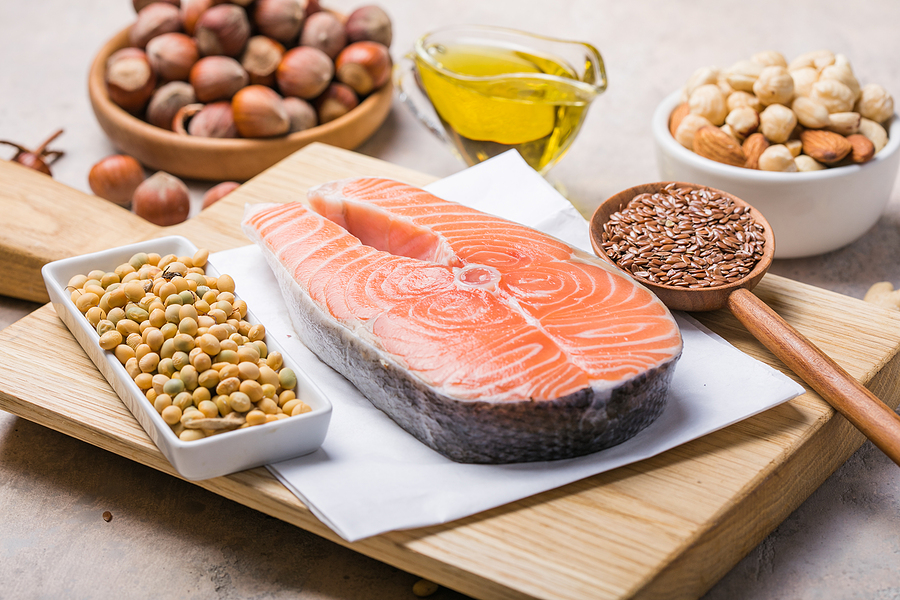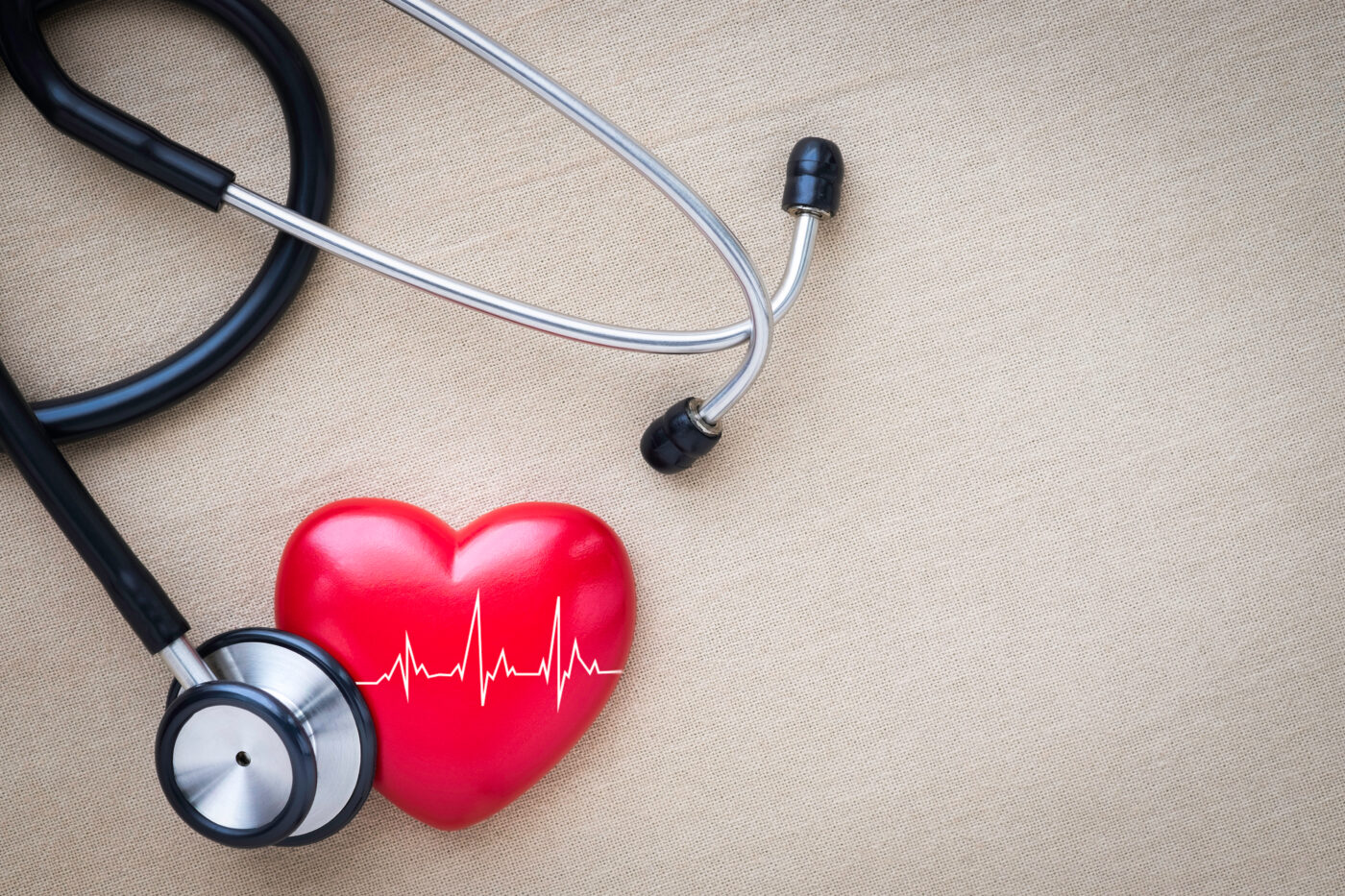Let’s talk about FAT!
The good fats, bad fats, and the overall impact of dietary fats on our health. While we often hear about fat loss, it’s essential to understand the role of fats in our bodies and how they affect various aspects of our well-being. So, let’s explore the world of fats together!
The Nature of Fats:
When we talk about fats, we’re referring to fatty acids found in oils. It’s crucial to note that fat isn’t just the marbling in meat or the excess weight we carry; it encompasses a broader range of sources. Oils such as olive oil, coconut oil, and sesame oil are also fats. These fats, in different forms, play diverse roles in our bodies.
Fat Metabolism and Energy:
Interestingly, when we consume fats, they take a unique route compared to other nutrients. While most substances pass through the liver for processing, fats go directly into the bloodstream as chylomicrons, which are small particles that transport fats throughout the body. Consequently, fat becomes readily available for energy utilization, and a significant portion of our daily energy expenditure stems from fat usage.
Contrary to popular belief, fat, not just sugar, constitutes a substantial portion of our energy stores. For most individuals, approximately 60% of their energy derives from fat, while 40% comes from sugar. This fact surprises many, as the misconception of sugar being the primary energy source persists. However, it’s important to note that insulin resistance, commonly observed in diabetes, alters this energy balance by limiting fat utilization and forcing an overreliance on sugar.
The Role of Insulin Resistance, and the Diabetes Solution Kit:
Insulin resistance, a hallmark of diabetes, disrupts the body’s ability to effectively utilize fat for energy. Instead, higher insulin levels prevent fat burning and promote increased sugar usage. As a result, the energy balance becomes skewed, with 40% derived from fat and 60% from sugar or even worse in severe cases. This imbalance contributes to erratic energy levels and instability, leading to what is termed “brittle diabetes.”
Harnessing the Power of Fat for Stability:
The good news is that we can reverse this process by following specific dietary protocols. The first phase, as outlined in the Diabetes Solution Kit by Barton Publishing, involves removing glucose entirely from the diet. By eliminating glucose, the body recognizes the need for alternative energy sources and begins to rely on fat for fuel. This transition allows individuals to tap into their stored fat reserves, which often results in noticeable weight loss.
Moreover, burning fat generates ketones, which are the basis of the ketogenic diet. Ketones serve as a low-octane fuel for the brain, enabling clearer thinking and improved cognitive function. This demonstrates the stability and efficiency offered by fat as an energy source, akin to a reliable diesel engine compared to the high-powered but less sustainable nitromethane fuel.
The Importance of Fat-Sugar Separation:
Now, let’s explore the detrimental effects of consuming fats and sugars together. In nature, we rarely encounter foods that contain high levels of both fat and sugar simultaneously. Fruits, for example, are rich in sugar but contain minimal fat. On the other hand, foods like meat or nuts are high in fat but contain little to no sugar. This natural separation provides a valuable lesson for our dietary habits.
As we progress through phases two and three of the Diabetes Solution Kit program, where limited sugar intake is reintroduced, it’s essential to avoid combining fats and sugars in the same meal. This is because fat induces insulin resistance, while carbohydrates prompt insulin secretion. Consuming fat and sugar together exacerbates this double whammy effect, negatively impacting our metabolic health.
If you are interested in the Diabetes Solution Kit, or would like to attend Barton’s Free Type 2 Webinar, please visit www.BartonWebinar.com



